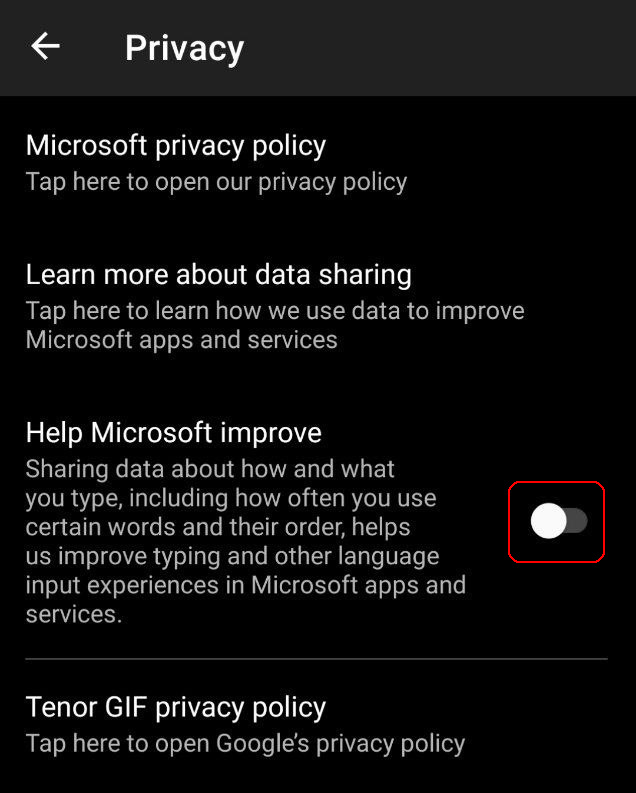
Balancing Privacy and Customization: Microsoft’s Approach to User Data
In a rapidly evolving digital landscape, user privacy remains a paramount concern for tech giants like Microsoft. The company has taken significant strides to safeguard the sensitivity of user data while tailoring the browsing experience to individual needs.
The Role of Cookies in Personalization
Microsoft employs cookies to gather intrinsic data about its users by storing unique identifiers. These tools allow for enhanced services and tailored advertisements via Microsoft Bing and other platforms.
“If you agree, MSN and Microsoft Bing will personalize the displayed content and ads.”
This functionality underscores a user-centric approach, where consent plays a crucial role. Users can easily adjust their settings to manage how data is used, illustrating Microsoft’s commitment to transparency in its operations.
Understanding the balance between personalization and privacy.
An Extensive Partnership Network
To navigate the complexities of data processing, Microsoft collaborates with 829 partners who assist in analyzing user interactions across web services. This collaboration is designed for effective geolocation and personalized advertisement delivery, enhancing the overall service quality.
The multifaceted structure of these partnerships highlights the importance of data ethics while addressing the protocols for user consent and privacy rights. Users can opt-out or modify their settings to specify how their information is utilized, reaffirming their rights in the digital domain.
Upholding User Rights
Underlining the user-centric ethos is Microsoft’s framework for accommodating users’ privacy preferences. The company maintains a strong stance that fosters user agency in decisions relating to data sharing and personalization. Users can enact their rights related to consent and legitimate interests, ensuring that they remain informed participants in their digital interactions.
Privacy Settings and Transparency
The platform offers granular controls for users to manage their privacy settings effectively. Every user interaction is assessed to not only deliver customized content but also to uphold the highest standards of data protection. By adopting the Transparency and Consent Framework, Microsoft endeavors to uphold its legal obligations while ensuring users are equipped with the information they need to manage their privacy preferences actively.
 Balancing privacy and user experience.
Balancing privacy and user experience.
The Importance of Required Cookies
Microsoft also emphasizes the crucial role of necessary cookies that enable primary functions on its websites. These cookies support features such as user logins, language preferences, and performance improvements. Their role is foundational, aimed at providing seamless web interactions while simultaneously gathering insights that assist in enhancing user experience.
Conclusion: Navigating Data Privacy in the Modern Age
As data privacy becomes an ever-more pressing issue, Microsoft’s ongoing commitment to balancing user personalization with privacy rights highlights a model that other companies may aspire to follow. Its efforts to inform users and provide extensive customization tools are steps toward a more responsible digital environment. Users are encouraged to stay informed about their rights and choose the settings that best reflect their preferences in this digital age.
For more information on Microsoft’s privacy policies, check out the Datenschutzbestimmungen and Weitere Informationen.















